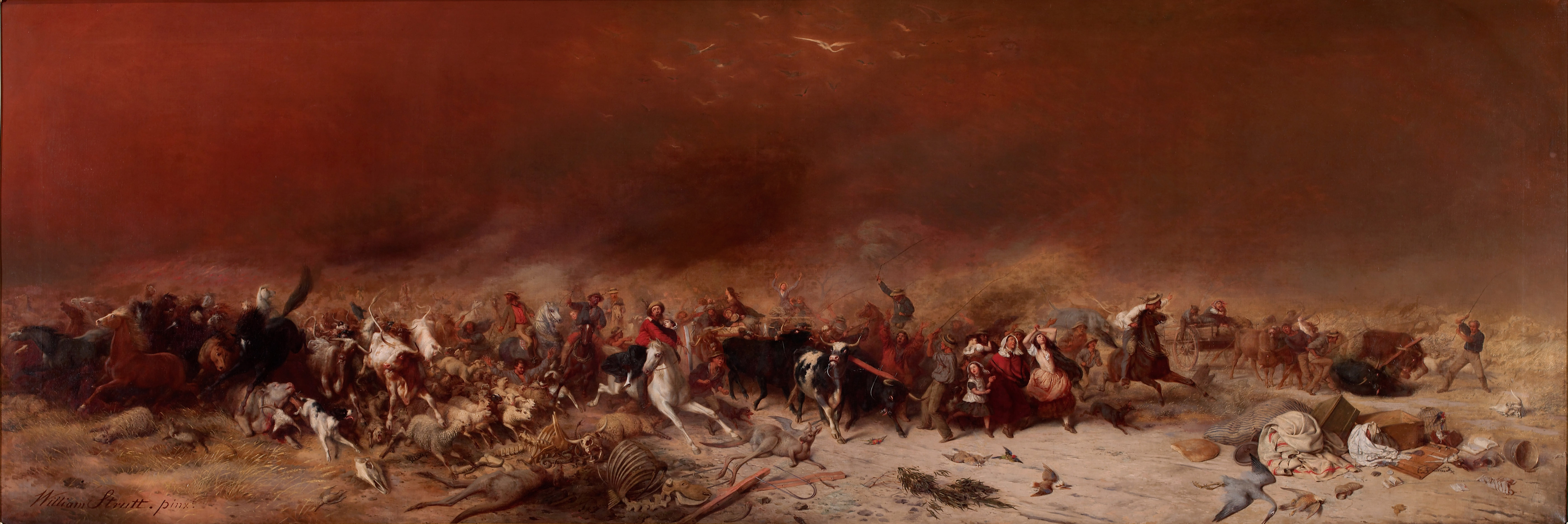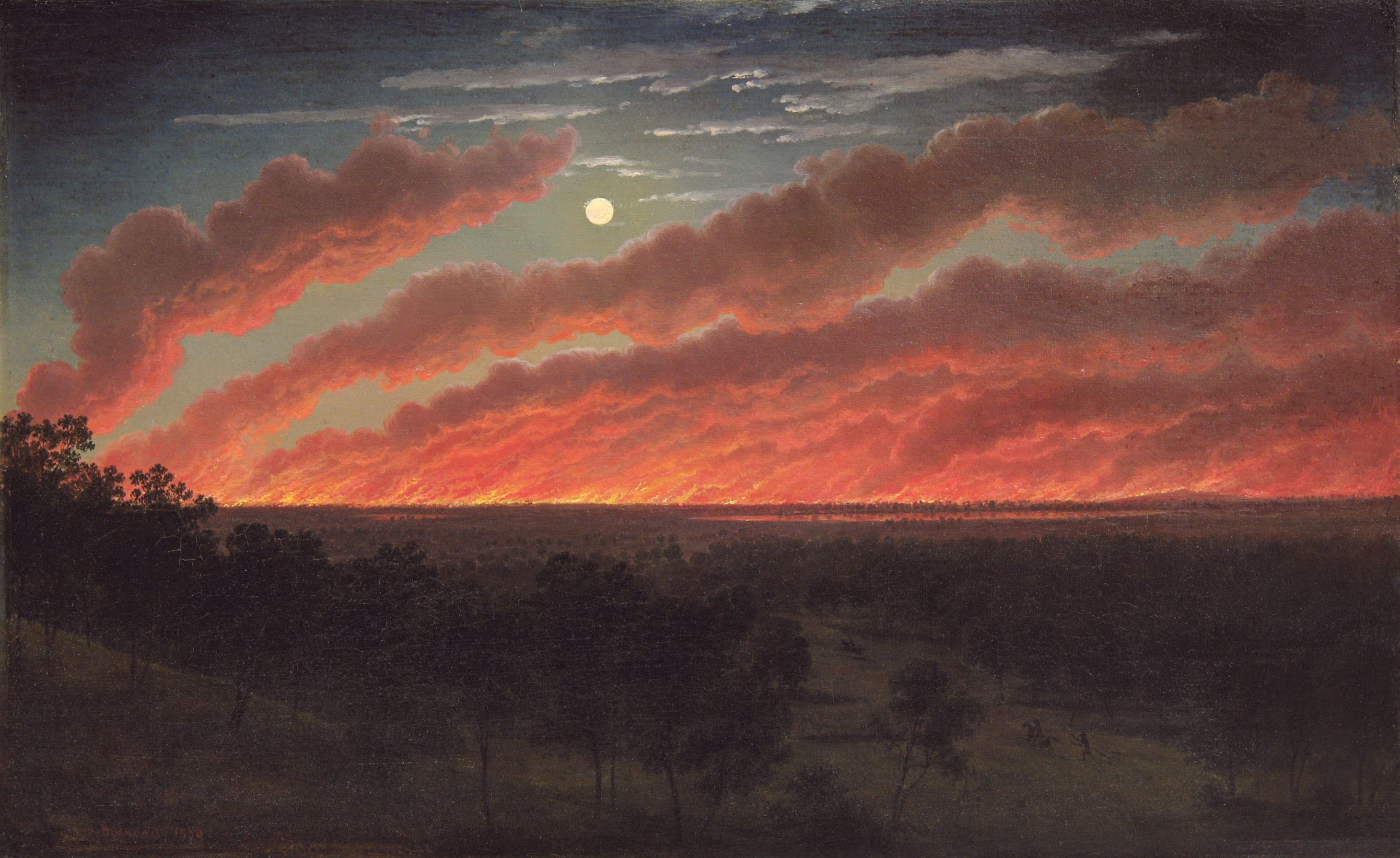- Events & Programs Home
- Calendar
- Accessibility
- Adults
-
Families & Teens
- Families & Teens Home
- 10x10 Teen Art Expo
- Art on the Rise
- Art Together: Art Making for Families with Children Ages 3–5
- Babies Sing with May Festival Minis
- Boy Scouts / Girl Scouts
- CAM Kids Day
- Family Storytime and Gallery Walk
- Family Studio: Art Making for Families with Children Ages 6–12
- Games in the Galleries
- Members-Only Baby Tours
- Public Baby Tours
- REC Reads
- Rosenthal Education Center (REC)
- Saturday Morning Art Class
- See Play Learn Kits
- Summer Camp
- Teen Fest: Zine and Comic Exchange
- RECreate
- Teachers
- Community Outreach
- Fundraisers
- Plan Your Own Event

- Events & Programs Home
- Calendar
- Accessibility
- Adults
-
Families & Teens
- Families & Teens Home
- 10x10 Teen Art Expo
- Art on the Rise
- Art Together: Art Making for Families with Children Ages 3–5
- Babies Sing with May Festival Minis
- Boy Scouts / Girl Scouts
- CAM Kids Day
- Family Storytime and Gallery Walk
- Family Studio: Art Making for Families with Children Ages 6–12
- Games in the Galleries
- Members-Only Baby Tours
- Public Baby Tours
- REC Reads
- Rosenthal Education Center (REC)
- Saturday Morning Art Class
- See Play Learn Kits
- Summer Camp
- Teen Fest: Zine and Comic Exchange
- RECreate
- Teachers
- Community Outreach
- Fundraisers
- Plan Your Own Event
Blog: CAM Uncovered
Blog: CAM Uncovered
- Home
- Plan Your Visit
- Art
-
Events & Programs
- Events & Programs Home
- Calendar
- Accessibility
- Adults
-
Families & Teens
- Families & Teens Home
- 10x10 Teen Art Expo
- Art on the Rise
- Art Together: Art Making for Families with Children Ages 3–5
- Babies Sing with May Festival Minis
- Boy Scouts / Girl Scouts
- CAM Kids Day
- Family Storytime and Gallery Walk
- Family Studio: Art Making for Families with Children Ages 6–12
- Games in the Galleries
- Members-Only Baby Tours
- Public Baby Tours
- REC Reads
- Rosenthal Education Center (REC)
- Saturday Morning Art Class
- See Play Learn Kits
- Summer Camp
- Teen Fest: Zine and Comic Exchange
- RECreate
- Teachers
- Community Outreach
- Fundraisers
- Plan Your Own Event
- Give & Join
- About
- Tickets
- Calendar
- Exhibitions
- Collections
- Blog
- Shop
Now For Something Completely Different—Archives and Climate Change!
by Alexis Horst, Library Assistant
1/23/2020
Mary R. Schiff Library and Archives , climate change , australia , william strutt
Our Mary R. Schiff Library & Archives blog post this month is going to be a little different!
We want to bring attention to the 2019-2020 Australian bushfires that have destroyed nearly 15.6 million hectares of land (about the size of Ohio)1 and caused the deaths of millions of animals, potentially prompting widespread ecological collapse.2 While Australia has always experienced summertime bushfires—with some of the native flora and fauna even having adapted to these yearly burnings—the recent bushfires have burned too hot, too long, and too large for natural recovery, primarily due to the world’s warming climate.

William Strutt, Black Thursday, February 6th, 1851, 1864 in “Early Painters of Australia, 1788-1880” by Shar Jones, pg. 185
In our library, you can find numerous books that include paintings of Australia’s unique historic landscape, including some of their earliest recorded bushfires, like William Strutt’s monumental Black Thursday, February 6th, 1851, which memorializes the most disastrous bushfire of the early colonial period as if it were a great battle (á la Vernet), focusing on the fire’s devastating effect on Australia’s animals and people. Eugene von Guérard, in Bush Fire Between Mt. Elephant and Timboon, does the exact opposite, depicting the bushfire as an imposing, yet distant, catastrophic force of nature. Russell Drysdale, one of Australia’s most celebrated artists, sought to capture the desolate, inhospitable nature of the rural Australian landscape, frequently plagued by unrelenting heat and drought. Drysdale’s Red Landscape (1945) visually embodies the words of Keith Newman, who, in 1944 wrote [of the worst drought in Australia’s history]:
“Dead trees, a tragic number, loom through the hot murk… as though they died in agony beneath the axe or tortured by thirst as the wind blew the soil from their roots… Worse than the skeletons of animals and trees are the skeletons of homes.”3
Last year was the second hottest on record—as the planet moves closer to its warming “limit” of 1.5 degrees Celsius,4 humans all over the world will face issues like increased water and air pollution, waste management, water and food scarcity, overpopulation, biodiversity loss, and extreme weather.

Eugene von Guérard, Bush Fire Between Mt. Elephant and Timboon, 1859, in “Early Painters of Australia: 1788-1880” by Shar Jones pg. 187
We’d also like to tell you more about what archivists and librarians do and how it relates to climate change! Libraries, archives, and museums play a vital role in protecting history all over the world; while museums house cultural treasures, libraries and archives house (besides books) anything and everything that is or could be societally significant—we archive films, music recordings, speeches, flyers, newspapers, photographs, maps, letters, lists, notes, and even building materials (ex. our archive has the art museum’s original window grates). Archivists don’t only collect materials ‘written by the victors’ [of history] and in fact, archival records have an incredible opportunity to represent the stories of historically marginalized communities. In a worst-case scenario, climate change means that these irreplaceable records and artifacts documenting the history of humanity are lost. We have the potential to build a better world than the one that led us down this catastrophic path—more equitable, peaceful, and sustainable—but without our history to guide us, it’s going to be a monumental task.
If you find this topic interesting, here’s some more reading:
Libraries and Climate Change: The Dangerous Destruction of Information We May Need to Survive
Archival Adaptation to Climate Change
If you’d like to come visit and see some of our archival collection, please send an email to [email protected] to set up an appointment. The library is always open, Tuesday-Friday, 11-5, no appointment necessary!
Cincinnati, OH 45202
Toll Free: 1 (877) 472-4226
Museum Hours
Museum Shop
Terrace Café
Library
Cincinnati Art Museum is supported by the tens of thousands of people who give generously to the annual ArtsWave Campaign, the region's primary source for arts funding.

Free general admission to the Cincinnati Art Museum is made possible by a gift from the Rosenthal Family Foundation. Exhibition pricing may vary. Parking at the Cincinnati Art Museum is free.
Generous support for our extended Thursday hours is provided by Art Bridges Foundation’s Access for All program.

General operating support provided by:



